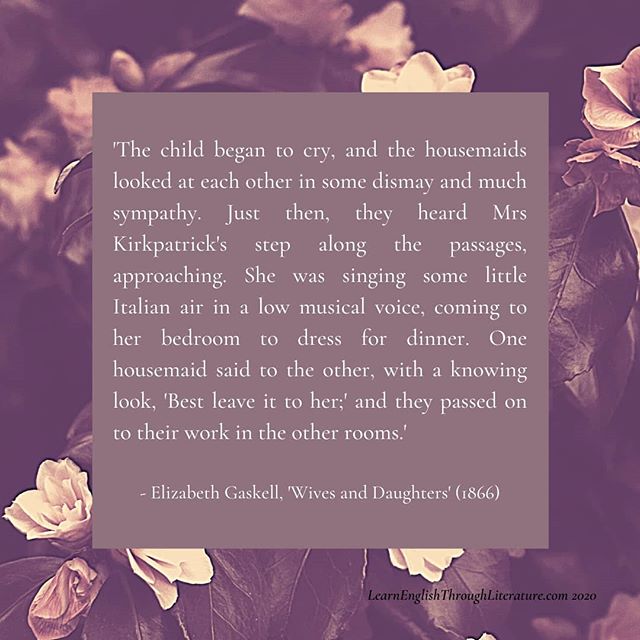Subject pronouns and possessive adjectives – those were just some of the pronouns we began to consider in my last post!
📒 We also looked at a paragraph from Elizabeth Gaskell’s Wives and Daughters; in which she used them artfully to describe a tense moment in the novel.
As promised, here are my tips on how to use pronouns to read and write in English with more clarity:
✒️ One big step to understanding written texts (and writing better) is to recognise all the pronouns in a sentence – subject, object and possessive pronouns – and to identify what they are referring to.
✒️ If you’re not sure where to put a pronoun or the subject or object it refers to, start by putting the named subject or object in every instance: e.g. ‘Mary thought that Sally was listening to Mary while Mary was speaking, but then Mary realised that Sally had already left.’
✒️ Pronouns should be used to replace the second, third, and fourth instances of a person’s or object’s name. If you end up with no distinction between the entities, use terms like ‘the latter’ or ‘the former’ (but use these sparingly, because they will sound overly formal if you use them too often).
(A short note on the use of ‘it’ in Gaskell’s passage to describe the child: this pronoun here reflects the novel’s cultural context. In 19th-century English society, a child could sometimes be described as an ‘it’. This was not considered offensive or degrading as it would be in our times, partly because of the accepted hierarchy in their society, a society where children were seen as little people to be managed and cared for until they grew up.)
Do you have other questions? Please submit them to me using the query form.




